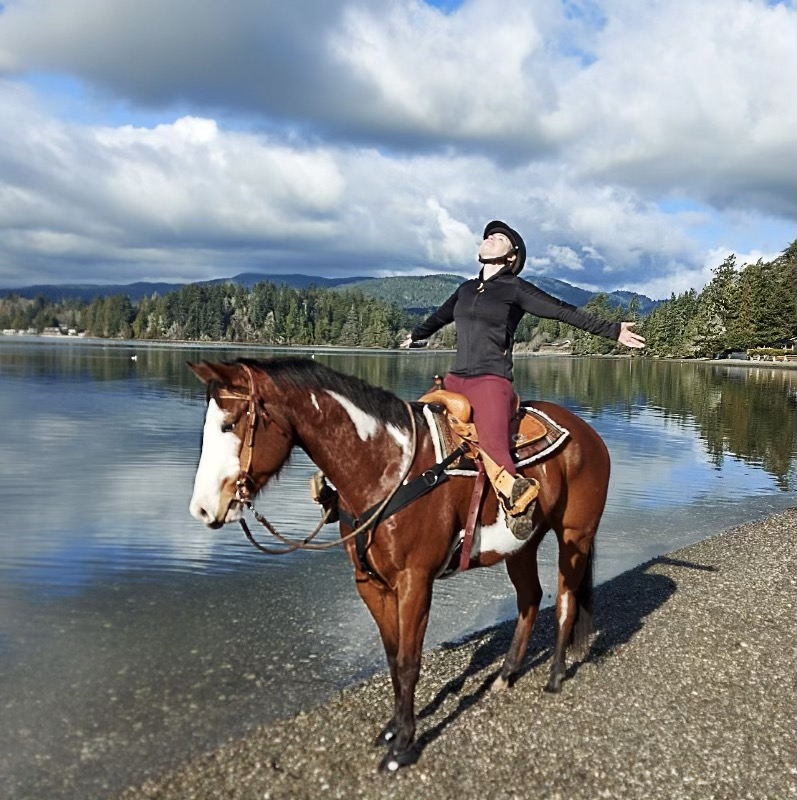Sunscreen SPF Testing
You may have heard rumours that sunscreen SPF testing is not standardized globally. With some tests showing up to a 50 SPF difference from the label! With this trend being seen around the world, more and more people are becoming cautious with the sunscreens they use – and rightly so. How can we trust the labeled SPF and is SPF even the best data point to test? Where are the best places to source your sunscreen for the most trusted SPF measurement?
Some bigger brands have paused the sale of their sunscreens in order to further test their efficacy. Without manufacturing your own products, how can you be sure they are of exceptional quality at the best of times? Unfortunately, the vast majority of skincare brands on the market today don’t make their own products and are instead trusting their brand to a third company.
How is SPF Tested?
SPF is a measurement by how well a sunscreen or other substance protects you from erythemal or sunburn-causing UV. Tests for SPF are conducted by applying 2 milligrams of sunscreen per square centimeter to the backs of human volunteers. The backs are exposed to a special UV lamp, and the amount of UV the skin can withstand with and without sunscreen is compared. This means, the exact same test will never be perfectly repeated. These human tests can also cost anywhere from $5,000-10,000 USD per test, and needs to be repeated a few times before achieving the high enough SPF. You’re also harming people in the process of exposing them to this UV in order to measure the SPF.
For a long time, the sun care industry has been trying to come up with a new way to measure SPF. However, the main thing that keeps coming up is how difficult it is to simulate how sunscreen interacts with human skin. Human skin is bumpy, and by using a thicker sunscreen, some of it may have trouble getting into the grooves, resulting in little hills sticking out. Sunscreens also often dry in different ways on skin, which can vary from how they dry on glass or different types of plastic, leaving few alternative testing options.
Why is Sunscreen Important?
We all know sunscreen is beneficial for our skin and our overall health. They block the UV rays produced by our sun from penetrating our skin, causing sunburns and harmful long term effects. It has been shown that applying sunscreen daily can cut your risk of contracting skin cancer in half – not to mention the anti-aging benefits!
If you ever need more reason to protect yourself with sunscreen on a daily basis, take a look at the Nambour study. Including 600 people in the largest sunscreen study ever. One group applied sunscreen daily on their head, neck, hands and arms, while the other group applied it when they felt it necessary. After 4.5 years the daily sunscreen users had seen no signs of aging, and were reportedly 24% less likely to show any increase in these signs. Melanomas were almost 4x less common in those that used sunscreen daily.
These findings are even more impressive considering this study was done in the 1990s with an SPF 16 sunscreen containing 8% octinoxate and 2% oxybenzone. It was also achieved in Queensland, Australia, where there is a lot of UV. Even if your sunscreen application isn’t flawless, you’ll still get plenty of protection and it’s important to take this small extra step.
How can you make sure your sunscreen is tested properly and safe to use?
There’s no way to be sure that the SPF protection that you’re getting on your skin is the same as the one on the box without measuring every tube of sunscreen you use on a panel of people. Although, if you want to go beyond the SPF label, some of the things that could point you in the direction of a reliable sunscreen:
- An SPF that is proven by a survey from the International Consumer Research and Testing (ICRT) report.
- A rating for water resistance
- Inactive ingredients include well-known SPF boosters and film formers
- A higher total concentration of sunscreen filters
- Purchasing sunscreen from a country where sunscreens are classified as medicines or cosmetics (and regulates them well)
- A big enough brand to draw the attention of regulatory authorities
There are still certain things that aren’t standardized and may not be able to be standardized in the future. The person spreading the sunscreen, for example, is supposed to use light pressure. However, one individual’s light might not be the same as another’s, and it’s almost impossible for the person to apply the same pressure to every single sample they’re spreading.
It’s important to make sure that the sunscreen you’re using is right for you. For example, if you’re outside most of the day, you will need a higher SPF than someone who may just be dipping in and out of the house. If you are noticing inflammation, irritation or ineffectiveness with your sunscreen, you should contact a dermatologist or a doctor to be safe. It’s important to remember that sunscreen is not s suit of armor. It is part of the important protection included in wearing a hat, finding shade when you need it, covering up and avoiding the mid-day sun.




